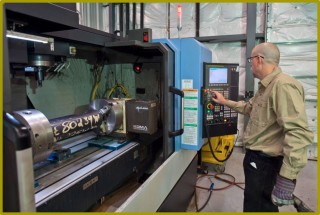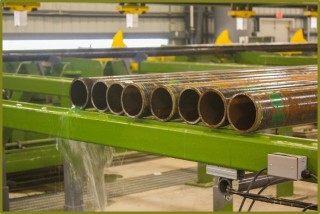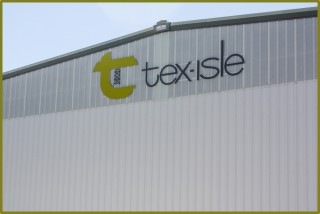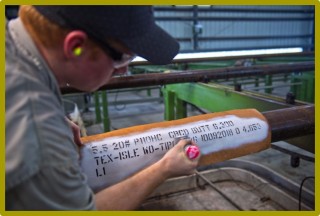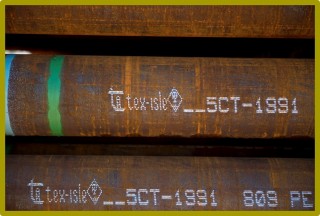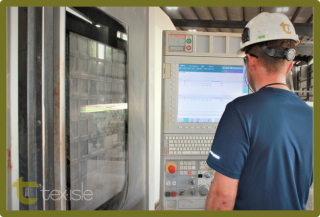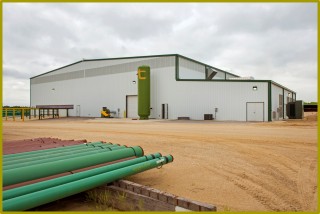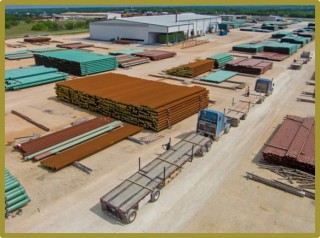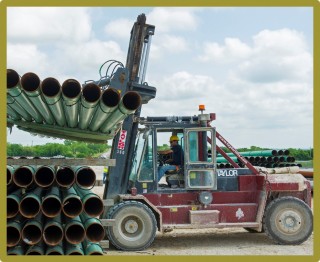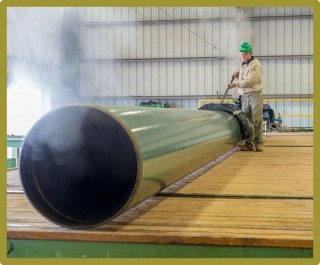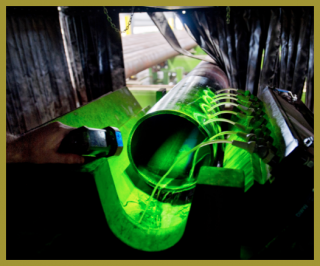Steel Market Update
No matter where you look in the steel markets it is tough to find any sign of sustained downward pressure for prices. We thought we might have seen a market peak earlier in the month with the announcement that the European Union and U.S. government were exploring avenues for removing the 232 tariffs for steel.
This resulted in near-term monthly futures contracts limiting down on consecutive days, but it was short-lived. The July contract traded at $1,644 a ton on May 11th before dropping to $1,451 on May 18th, an 11.7% drop, only to reestablish at $1,660 as of May 27th. The lion’s share of the pricing increases we have seen since last August have been driven by the strong automotive market, much of which calls for premium, value-added products like galvanized or cold rolled, which has left little supply available to standard hot rolled buyers.
Import lead times, three to four months, and high prices, $1,480 to $1,510 provide a risky relief valve for some processors but are not enticing enough for consumers to step out and bring in sufficient tons to restock low inventories.




